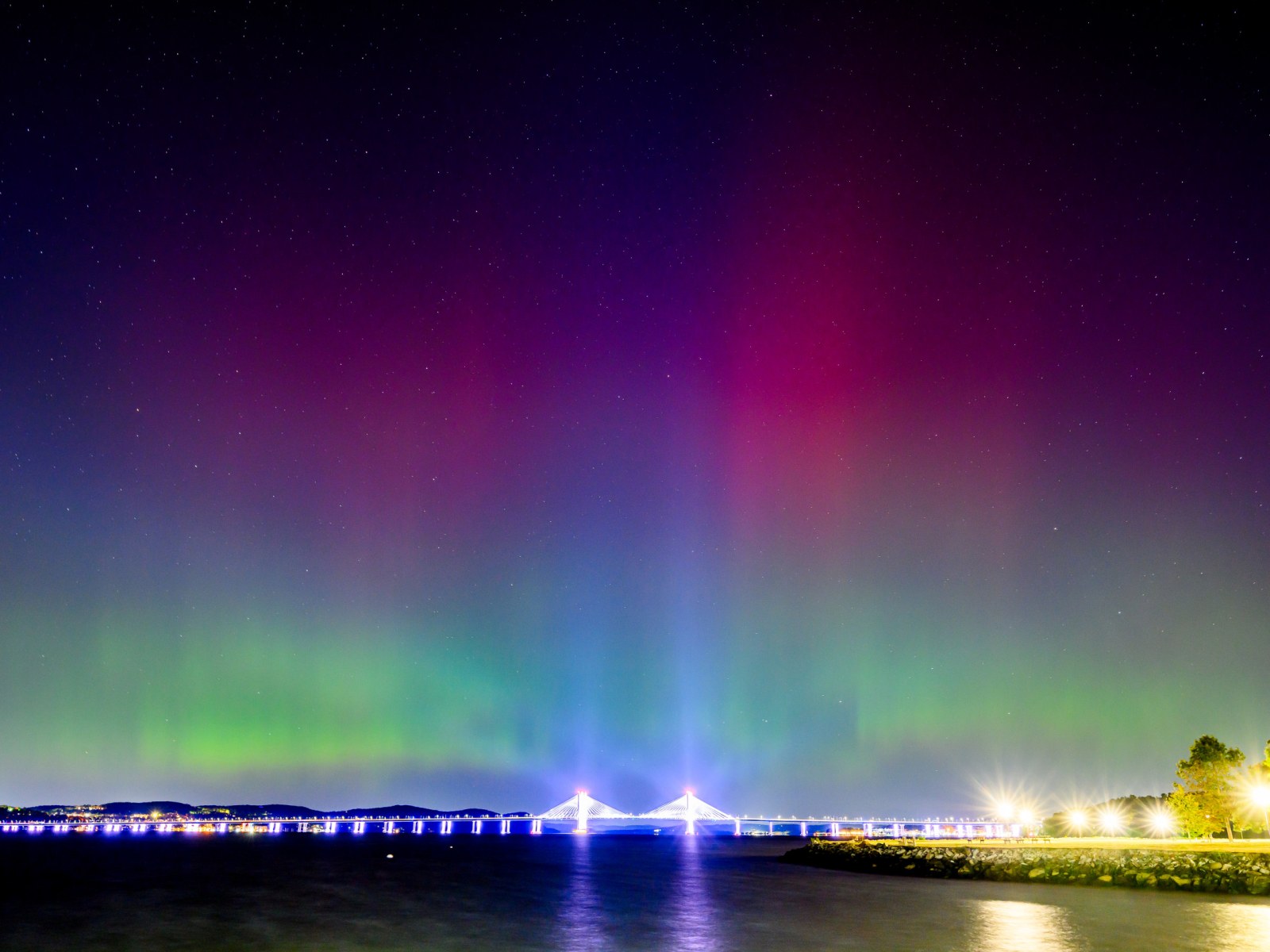A strong solar storm is approaching Earth, promising an extraordinary opportunity for observing the Northern Lights across a broader region than typically experienced. Expected to peak on Tuesday night, this solar event results from coronal mass ejections that unleash energy and charged particles into space. According to Ramakrishnan , states such as Alaska, Washington, and Oregon may witness vibrant auroras, with potential visibility extending as far south as New York and Pennsylvania. The intensity of these displays will largely depend on how the solar particles interact with Earth's magnetic field.
The sun emitted a burst of highly energetic particles on Sunday, called coronal mass ejections, that should reach Earth by tonight, thus triggering colorful geomagnetic storms across the northern U.S. states. NOAA's Space Weather Prediction Center issued a storm watch for April 16, but said in a post on X on Tuesday they are monitoring the magnetic energy that could bump the storm to a higher level.
The storm, caused by a coronal mass ejection, or eruption of solar material, is developing tonight, with chances to view the dancing glow of the northern lights tonight, April 15, and on Wednesday, April 16. If it's anything like last year's majestical display in New Jersey, it might be worth heading outside for a potential peek.
People in Canada and some parts of the Northern U.S. may get chances to see the aurora display on the nights of Tuesday, April 15 and Wednesday, April 16.
Predicting the timing to view is a less-than-perfect science, as experts rely on NASA satellites to measure the impacts of the solar wind and magnetic intensity. Check NOAA's 30-minute Aurora forecast to get regular updates on the best times for viewing.
Thursday presents a final opportunity to view the dancing lights, although the aurora is expected to be less active and won't stretch as far south. It may be visible overhead in "Inuvik, Yellowknife, Rankin and Iqaluit, Canada; to Juneau, Alaska, and Edmonton, Winnipeg and Sept-Iles," and low on the horizon in Vancouver, Great Falls, Pierre, Madison, Lansing, Portland (Maine), Ottawa and St. John’s.
While captivating in appearance, significant solar storms can pose risks to technology on Earth. Disruptions in power grids and communication systems are possible consequences when geomagnetic storms intensify . Therefore, while enthusiasts prepare for viewing opportunities in dark areas free from urban light pollution—as suggested by NOAA's Space Weather Prediction Center—it is essential to remain aware of the potential impacts these natural phenomena may have on modern infrastructure.
Read more
Preview: Inter Milan vs. Bayern Munich - lineups , prediction and live broadcast Real Madrid vs Arsenal: live stream Info. & Expected lineupsSarah H
Also on site :
- Peacock Free Trial: How to Watch Love Island USA
- The Last of Us, defanged
- Tom Girardi, estranged husband of Real Housewives star Erika Jayne, sentenced to seven years in prison

